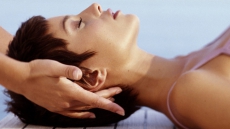Between safety concerns due to the pandemic and the decline in favorable weather that tends to come around this time each year, it’s likely that you’ll soon be performing your workout at home, if you’re not already. While exercising at home is certainly convenient, it’s oftentimes difficult to feel as if you’re getting the effective workout you’re looking for due to the lack of machines and equipment.
To that end, let’s go through nine bodyweight exercises you can perform that, when performed in conjunction with one another, will provide the full-body workout you need. But before we get started, here are a few things you can do to ensure that you’re maximizing the effectiveness of each exercise.
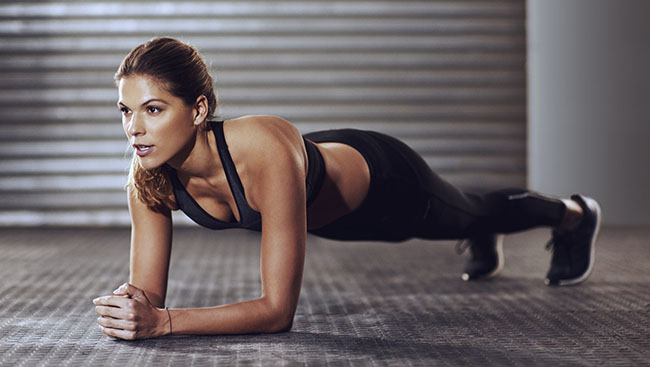
How to Make Body-weight Exercises More Effective
The first and most obvious thing you can do is add additional weight to make the workout more challenging. While this can be accomplished with dumbbells or resistance bands, you don’t necessarily have to run out and buy a bunch of expensive equipment. A pair of old water bottles filled with water, sand, or pebbles will do nicely.
You can also make each motion more effective by performing it either very slowly, thereby forcing your muscles to hold tension for longer, or by moving fast and explosively, which is great for increasing your heartrate and getting in some solid cardio. Whichever speed you choose, be sure that you’re using proper form for each motion, which ensures that the targeted muscle is properly activated.
What’s more, with every workout session try to add either a little weight or one or two repetitions to each individual exercise. This will provide the progressive overload you need to improve over time.
Now without further ado, let’s get to the workouts. To see them in action, tutorials for each of these can be found on YouTube.
Chest/shoulders: Pushups
Pushups are the foundation for any bodyweight exercise as they are great for the chest and shoulders, and provide a little bit of activation for the biceps and triceps. What’s more, by changing your hand placement you can target different areas of the chest, resulting in a more well-rounded aesthetic.
Abs/lower back/core: Plank
A lot of people have a love-hate relationship with planks because they’re sometimes hard and usually kind of boring, but when it comes to developing a strong core there are few exercises that compare. The key is to hold it as long as you can, then continually beat your time even if just by a few seconds.
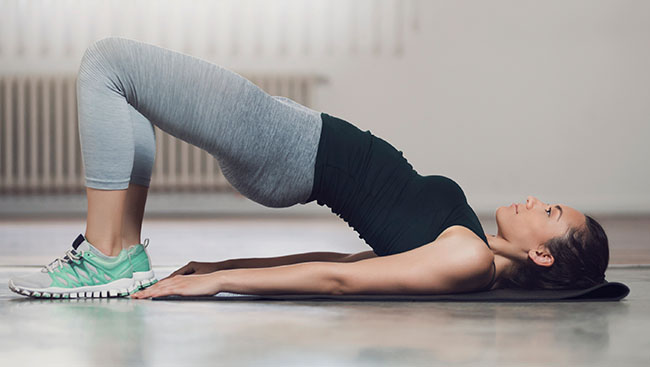
Hamstrings/glutes: Hip thrusts
This is another muscle group that is somewhat notoriously hard to target as most leg movements tend to emphasize the quads. Hip thrusts, however, are the solution you need. You can perform this motion with your upper-back on the floor (which technically makes it a “glute bridge”), but by resting your back on a raised bench or even the edge of your couch, you have the option of holding weight over your hips to get more out of the exercise.
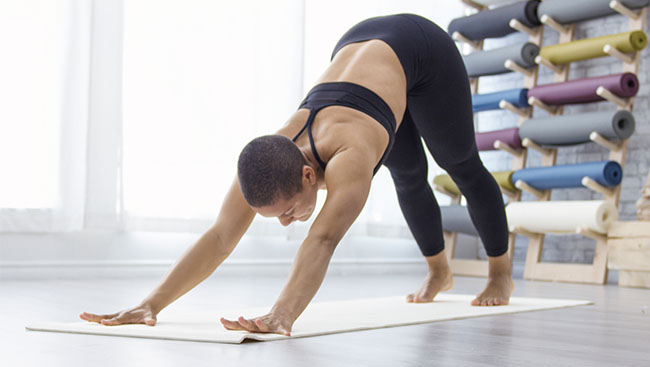
Biceps: Downward dog pushups
While the biceps are muscles that most people want to emphasize, they’re actually among the hardest to target without equipment. Your best bet is to use virtually anything as a weight to perform bicep curls, but if you’re going bodyweight only, downward dog pushups will get the job done. The motion is fairly straightforward—simply get into the downward dog yoga position, then lower your elbows to the floor. Push-up until the elbows are straight, then repeat.
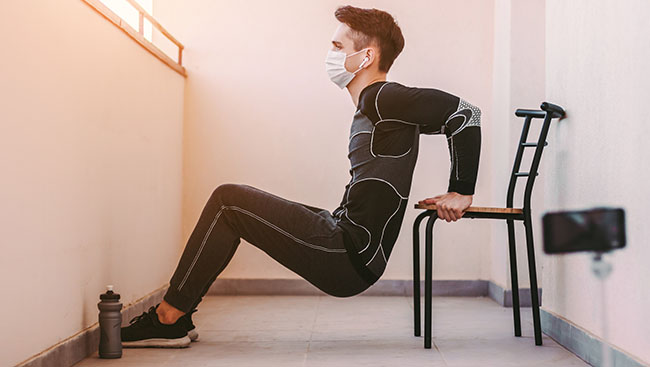
Triceps: Dips
When it comes to developing their arms, most people put all their energy into working out the biceps, but in reality the majority of your upper arm musculature is made up of your triceps. And whether you’re working out in a gym with plenty of equipment or at home with none, dips will consistently be among your most effective tools for hitting the triceps. The best part is that you can perform them virtually anywhere—using the arms of a chair, the edge of a stable desk or table, or even on the floor.

Quads:Squats
Like pushups and dips, squats are an essential component of any at-home bodyweight workout. The key here is form. Be sure that your back is straight and your feet are about shoulder-width apart. You can always make them more challenging by holding weights, or by adding a jump at the top of each repetition.
Calves: Ankle raises
Calves are the most overlooked muscle group in the lower body, and not only do strong calves look great, but they can be essential for safe mobility. This motion is not only easy and effective, but can be improved upon by holding weight, or merely by standing with your toes on a slightly raised ledge thereby allowing your heels to dip below parallel to provide more range of motion and muscle activation.
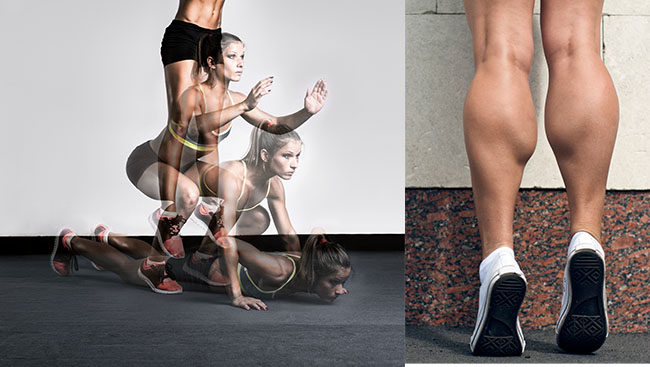
Shoulders: Doorway lateral raises
I’ve always had trouble finding effective ways to work out my shoulders without equipment, so when I discovered this move it was a game-changer. All you need is a doorway. Simply stand in the door, raise your locked arms until your wrists are pressing against the frames, then apply pressure and hold for as long as you can. It might not seem like much when you’re doing it, but with time and repetition, you’ll feel it.
Upper back: reverse snow angels
Usually I would recommend that you do pullups—the grand-champion of back exercises—but for our purposes here we’re assuming you don’t have access to a pullup bar. Absent of this, reverse snow angels are a pretty good alternative. Essentially, you’re just performing a snow angel movement while lying on your stomach. The key here is to make the motion slowly, and to focus on activating your back muscles.



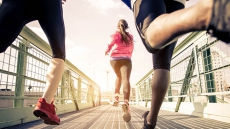
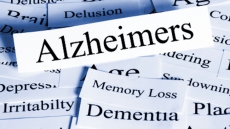
.jpg)
